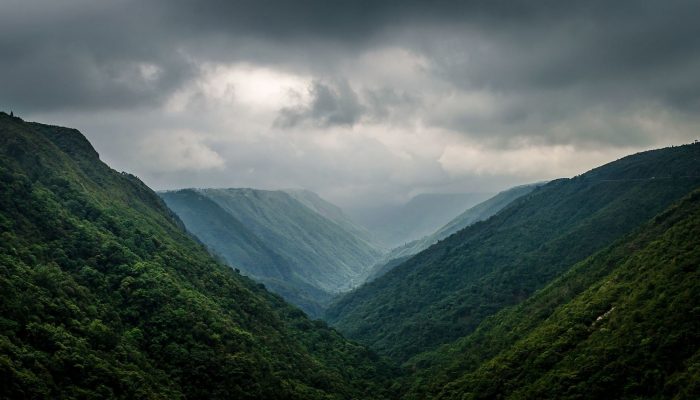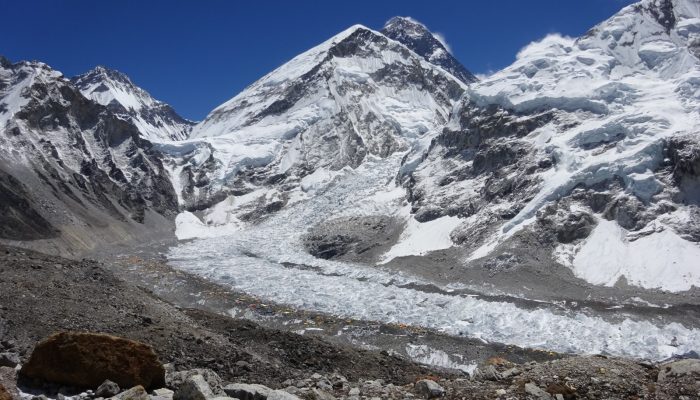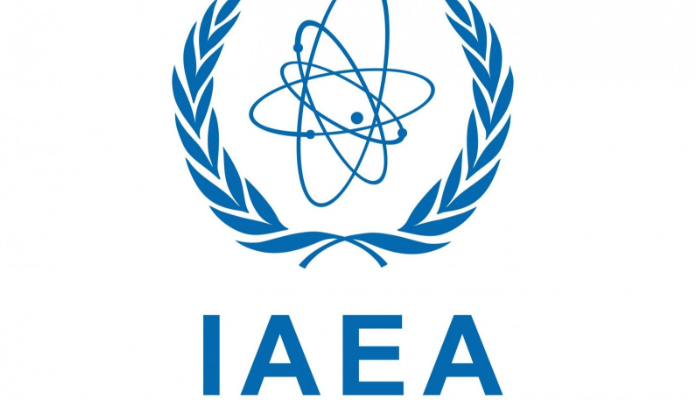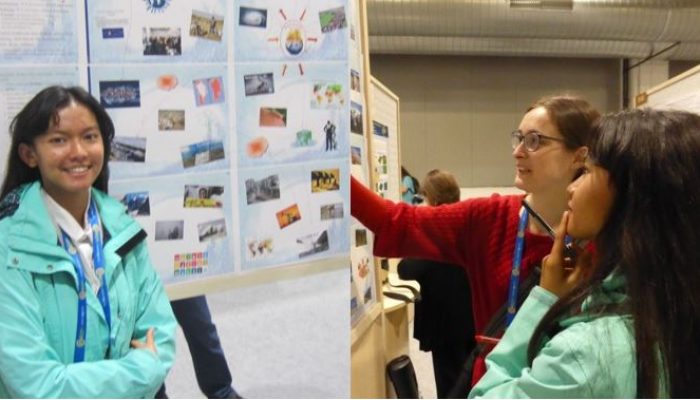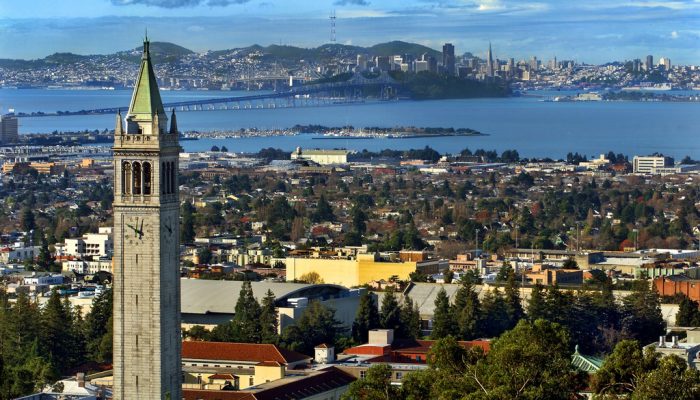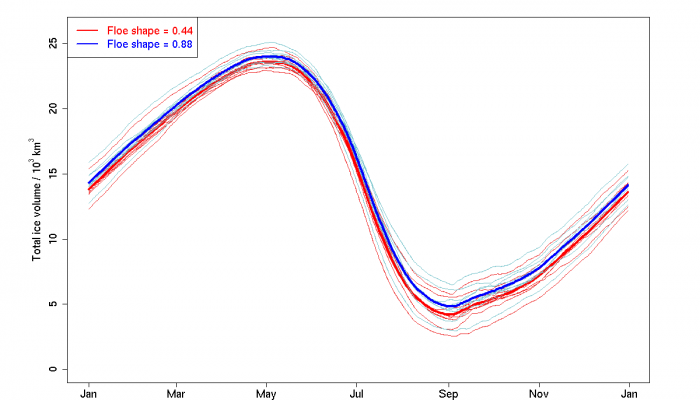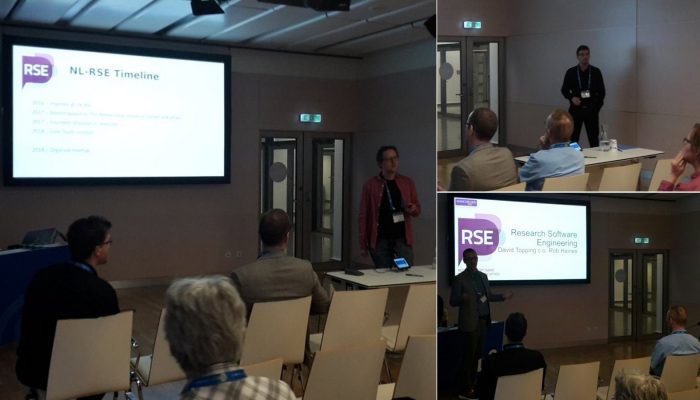If you were suddenly told you were living in a different time period, what would your immediate reaction be? Changes in the calendar – even if it’s just terminology – have proven emotive in the past. In 1752, when England shifted from the Julian to Gregorian calendars, and 11 days were cut from 1752 to catch up, there are suggestions that civil unrest ensued. Once again, the name of the period in ...[Read More]
Cryospheric Sciences
Image of the Week – Climbing Everest and highlighting science in the mountains
Dr Melanie Windridge, a physicist and mountaineer, successfully summited Mount Everest earlier this year and has been working on an outreach programme to encourage young people’s interest in science and technology. Read about her summit climb, extreme temperatures, and the science supporting high-altitude mountaineering in our Image of the Week. It’s bigger than it looks! Experiencing the majesty ...[Read More]
GeoLog
GeoPolicy: Bridging the gap between science and decision makers – a new tool for nuclear emergencies affecting food and agriculture
The International Atomic Energy Agency (IAEA) has developed an online system to assist in improving the response capabilities of authorities in the event of an emergency caused by natural hazards. The Decision Support System for Nuclear Emergencies Affecting Food and Agriculture (DSS4NAFA), provides a clear overview of radioactive contamination of crops and agricultural lands through improved data ...[Read More]
GeoLog
A young participant’s experience at the 2018 General Assembly: So much to discover!
Today we welcome probably one of the youngest participants who attended the 2018 General Assembly, Pariphat Promduangsri, a 16-year-old science baccalaureate student at Auguste Renoir high school in Cagnes-sur-mer, France, as our guest blogger. With a deep interest in the natural world and in taking care of the environment, Pariphat was a keen participant at the conference. She gave both oral and ...[Read More]
Geodynamics
CIDER summer school
And we’re back! After a refreshing holiday (or was it?), the EGU GD Blog Team is ready to provide you with amazing blog posts once more! Although holidays can be great, one thing that can be even more great is a good summer school. Yep, you heard that correctly! Let me convince you to apply for the CIDER Summer School program next year. Let’s start with the basics. What the hell is CID ...[Read More]
Natural Hazards
Mapping population dynamics to advance Disaster Risk Management
Today we have the honour to introduce Sérgio Freire as our guest. Sérgio Freire is a Geographer, currently working as Scientific/Technical Project Manager at the European Commission’s Joint Research Centre (JRC), Directorate E. Space, Security and Migration, Disaster Risk Management Unit, based in Ispra, Italy. His main activities focus on developing applications of the JRC’s Global Human S ...[Read More]
GeoLog
Imaggeo on Mondays: The ancient guard of Altai
In the heart of Eurasia, an ancient stone statue overlooks the expanse of the Kurai Valley and the Altai Mountains in Russia. This relic was crafted more than a thousand years ago, sometime during the 6th or 7th century. A Turkish clan that inhabited the region, known as the First Turkic Khaganat, would often erect stones as monuments of funeral rituals. Natalia Rudaya, who took this photograph, i ...[Read More]
Cryospheric Sciences
Image of the Week – The shape of (frozen sea) water
Polar sea ice exists as isolated units of ice that we describe as floes. These floes do not have a constant shape (see here for instance); they can vary from almost circular to being jagged and rectangular. However, sea ice models currently assume that all floes have the same shape. Much focus has been paid to the size of floes recently, but do we also need to reconsider how floe shape is t ...[Read More]
GeoLog
August GeoRoundUp: the best of the Earth sciences from around the web
Drawing inspiration from popular stories on our social media channels, major geoscience headlines, as well as unique and quirky research, this monthly column aims to bring you the latest Earth and planetary science news from around the web. Major story The south Indian state of Kerala has suffered unusually heavy monsoon rainfall this month, triggering the worst flooding the state has seen in more ...[Read More]
Earth and Space Science Informatics
Research Software Engineers from the Geosciences assemble for the first time at EGU General Assembly 2018
On April 12th 2018, the first Research Software Engineers (RSEs) for geosciences meeting was held at the European Geophysical Union (EGU) General Assembly (GA) in Vienna, Austria. The EGU GA is a huge event with over 15.000 people from more than 100 countries. It has a diverse programme with thousands of posters and hundreds of sessions, but what it lacked was an event to bring together scientists ...[Read More]

